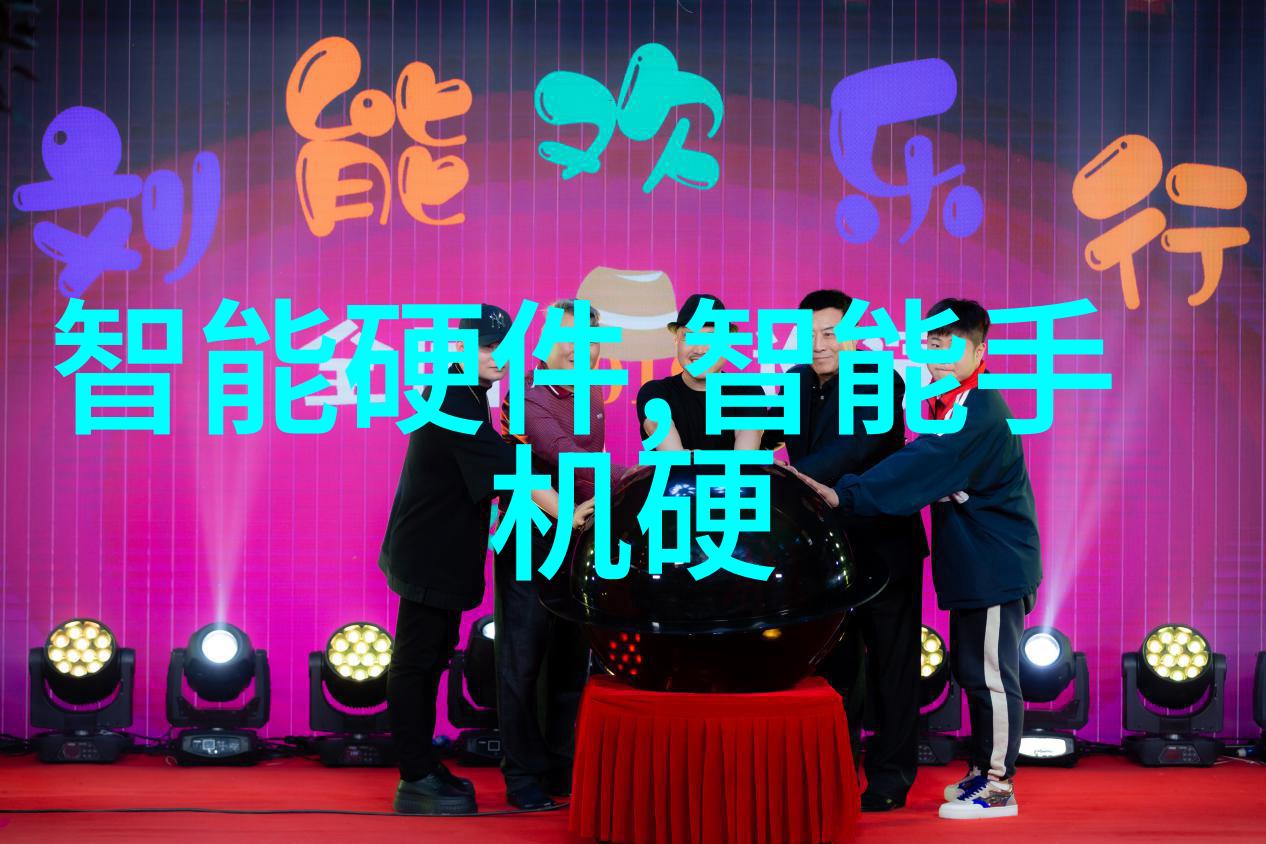自适应光照环境下的高性能计算机视觉算法研究
在现代智能系统中,机器人的视觉能力是其核心组成部分之一。机器人通过摄像头或其他传感器获取的图像信息,被称为“机器人的视觉”,这对于它们执行复杂任务至关重要。然而,在实际应用中,光照条件往往会变化,这种变化可能会影响到图像质量,从而降低机器人对环境的识别和理解能力。在此背景下,研究自适应光照环境下的高性能计算机视觉算法变得尤为重要。

1. 问题描述
随着深度学习技术的快速发展,计算机视觉领域取得了显著进展,但现有的模型大多数都是针对特定场景设计的,如室内、室外、日间、夜间等,并且通常假设光照条件相对稳定。在真实世界中,由于天气变化、时间推移或者其他因素导致的光线强度和方向改变,使得这些模型无法有效工作。这就要求我们开发出能够适应不同光照条件下工作的高性能计算机视觉算法。

2. 算法需求
为了解决上述问题,我们需要设计一种能够自动调整参数以适应不同亮度和色彩分布场景的计算机视觉系统。这种系统不仅要具备良好的物体检测能力,还要能准确地识别物体在不同的照明情况下的形状和颜色。这意味着我们需要一个既灵活又强大的框架,以便处理各种复杂的情况。

3. 自适应算法原理
自适aptive algorithms are designed to automatically adjust their parameters based on the input data, without explicit human intervention. In the context of computer vision, this means that the algorithm should be able to adapt its internal representation and processing strategy according to the changing light conditions.

One common approach is to use a meta-learning framework, which allows the model to learn how to learn from new tasks with minimal supervision. By leveraging such techniques, we can train a model that is capable of adapting its parameters in real-time as it encounters different lighting conditions during inference.
Another important aspect is robustness against adversarial attacks or noise in images caused by varying light sources. This requires developing advanced image preprocessing techniques that can effectively remove artifacts and enhance features while preserving valuable information.

4. 实验验证与结果分析
To evaluate our proposed algorithm's performance under various lighting scenarios, we conducted experiments using both synthetic datasets generated by simulating different environments (e.g., indoor office settings with fluorescent lights) and real-world datasets collected through cameras mounted on robots performing tasks in diverse outdoor locations (e.g., city streets at night).
The results showed significant improvements over state-of-the-art models when applied in challenging situations where traditional methods would struggle due to varying illumination levels or color casts caused by shadows or reflections.
Furthermore, our self-adaptive approach demonstrated better generalization capabilities across unseen environments compared with fixed-parameter models trained only on specific datasets – proving its potential for deployment within dynamic applications like autonomous vehicles or robotic systems working outdoors during daybreak/dusk hours.
5. 结论与展望
In conclusion, designing high-performance computer vision algorithms capable of handling self-adaptation under variable lighting conditions has been shown crucial for enabling intelligent robots navigate complex visual scenes accurately and efficiently throughout diverse environmental settings.
Future research directions include exploring more efficient optimization strategies for training these adaptive models and extending their applicability beyond single-camera setups towards multi-modal fusion scenarios involving other sensors like LIDARs or sonars.
By continuously pushing boundaries in this area, we hope ultimately empower machines equipped with advanced visual perception abilities contribute positively toward solving real-world problems faced by humans today



